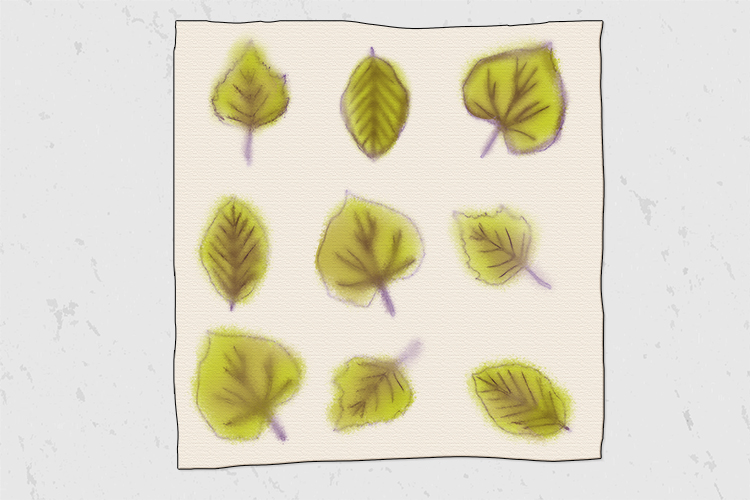Mordant – A substance that combines chemically with dyestuff to fix a colour into cloth
(Pronounced moor-duhnt)
The more abundant (mordant) the dye, the more intensive the colour that can be fixed into the cloth.
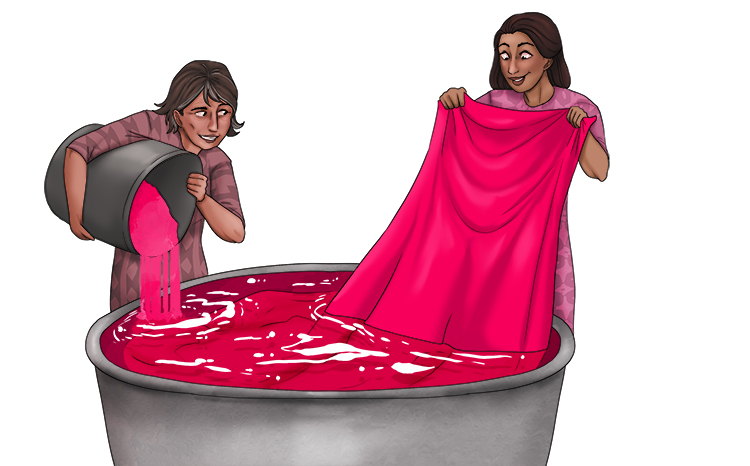
The wool below was dyed with various herbs, flowers and mordants to fix the colour to the wool. There are a huge range of mordants and dyes to choose from and endless combinations to try. It is believed as far back as the Ancient Egyptians used mordants to make their fabrics colourfast. It is still practiced today, but more often by hobbyists and freelance crafters than big clothes producers.
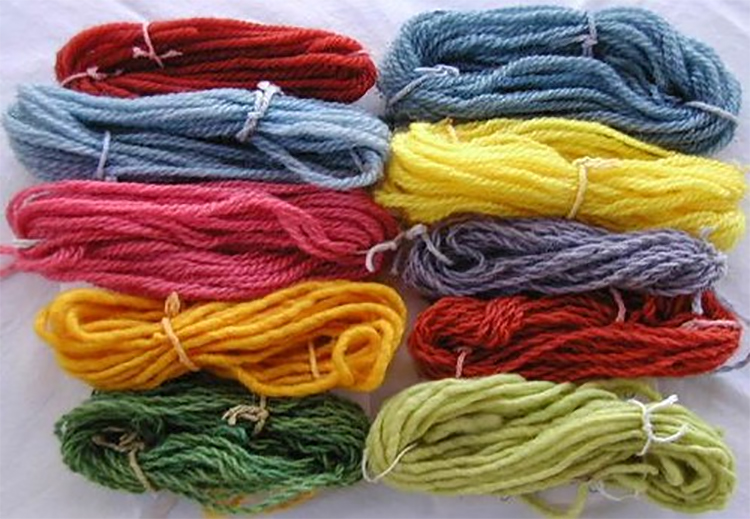
"Herbal Dye Plants with Mike Hills, February 2015 Monthly Meeting" by AZHerb is licensed under CC BY 2.0.
Below is the salt crystal form of alum mordant, which is also known as Aluminium Potassium Sulphate. It has been found naturally occurring at Vesuvius, Italy; east of Springsure, Queensland; in Alum Cave, Tennessee; Alum Gulch, Santa Cruz County, Arizona and the Philippine island of Cebu.

"File:Alum held by Indian dyer.jpg" by Chiome-gold is marked with CC0 1.0.
Mordant Project
For this project you will need: Alum mordant (this is best ordered online), two pieces of cotton (minimum 30cm by 30cm), leaves, a hammer, protective plastic sheets, string, a short length of hose pipe (or similar), a spoon, a container to dye your fabric in (a bucket) and a smaller container to dissolve the mordant in.
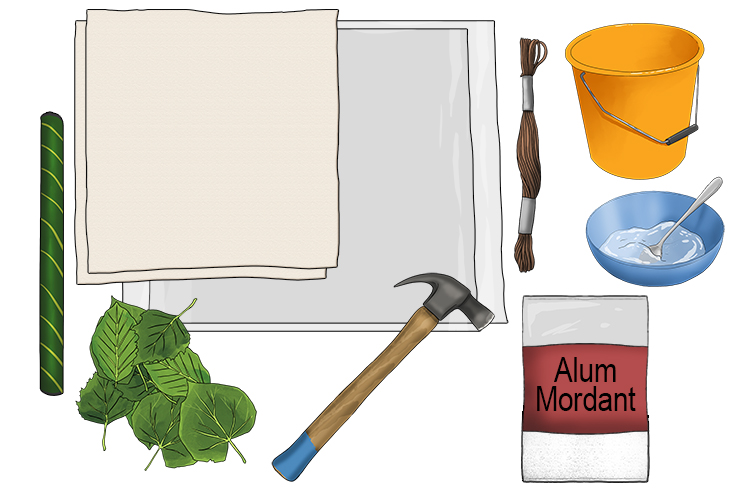
To start, we need to mordant the cotton. To do this mix two heaped teaspoons of the alum mordant in 100ml of hot water. Once it is thoroughly mixed in, add that solution to 400ml of water to make 500ml.
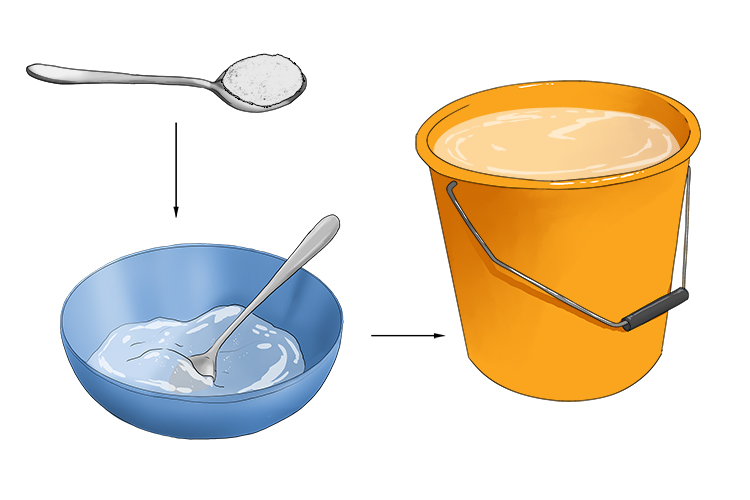
Soak your cotton in the solution for around 20 minutes.
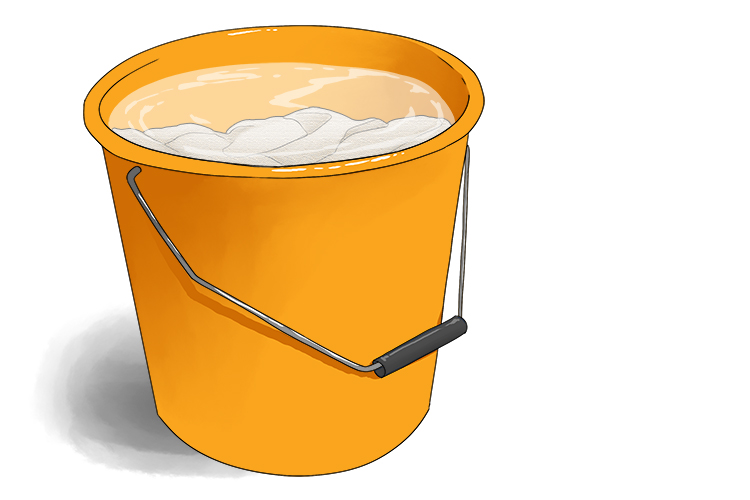
Remove the cotton from the solution and wring out excess liquid. You want the fabric to be damp, but not too wet or dry. Place the cotton flat on a protective plastic sheet and then place the leaves on top of that.
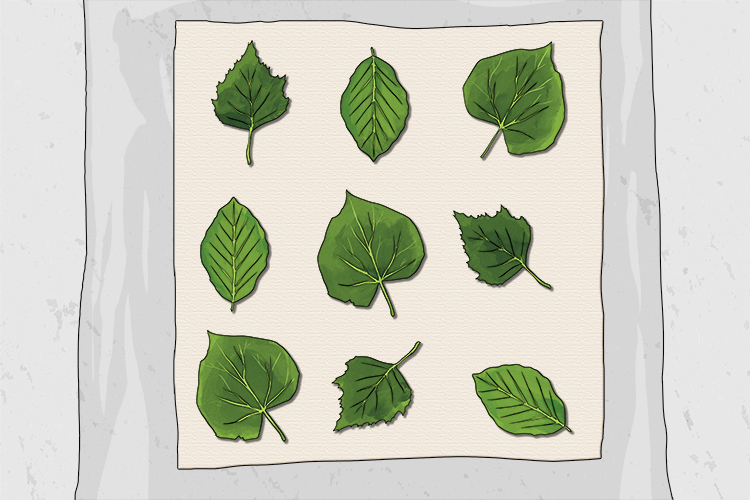
Lay the other piece of cotton on top and cover with another plastic sheet.
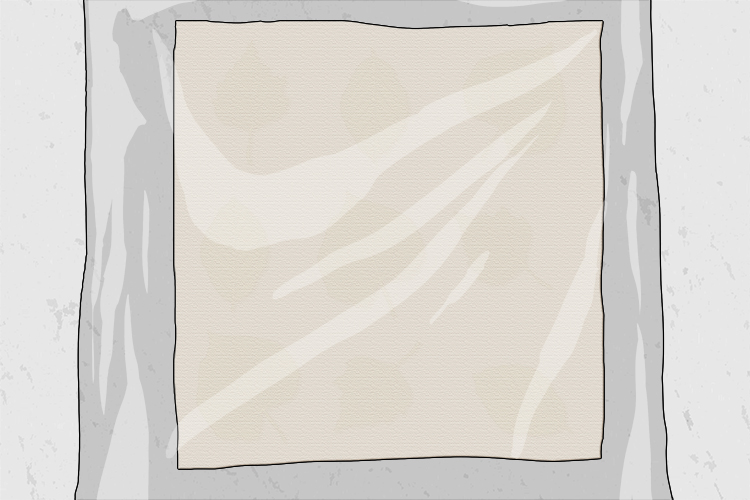
Tap the leaves with the hammer. This will help bring the natural dyes out of the leaves and stain the fabric a brighter colour.
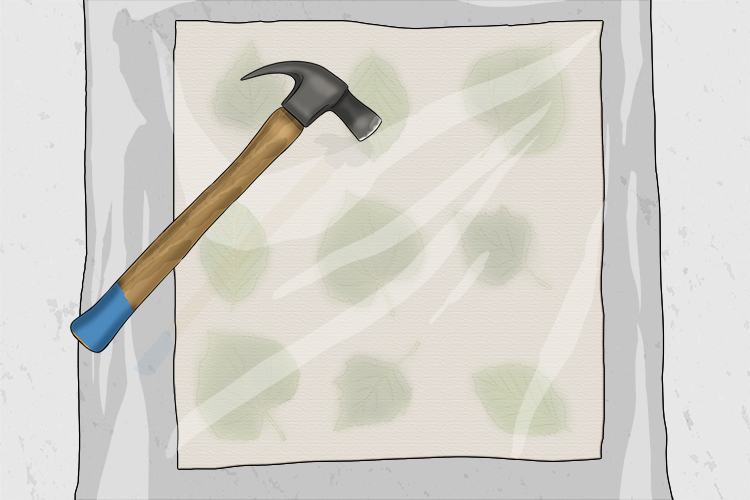
Place the length of hosepipe at one end of the fabric and plastic sheets and roll them up onto the hose.
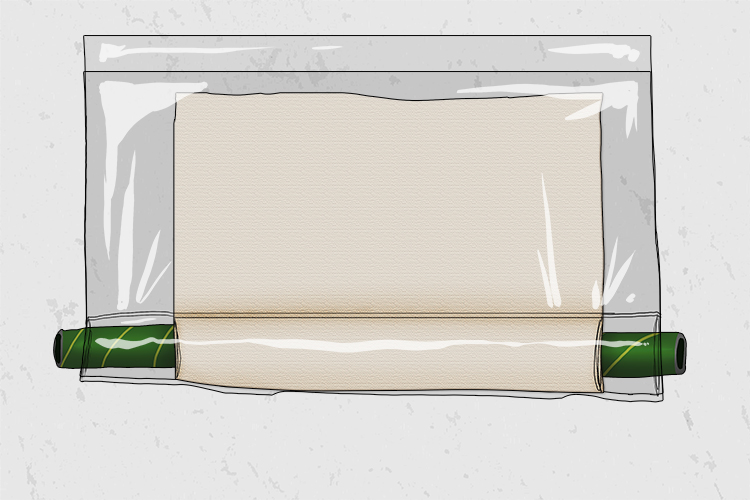
Secure this with the string and leave it to completely dry.

Cut off the string and open the plastic and see what your decorated cotton looks like!
